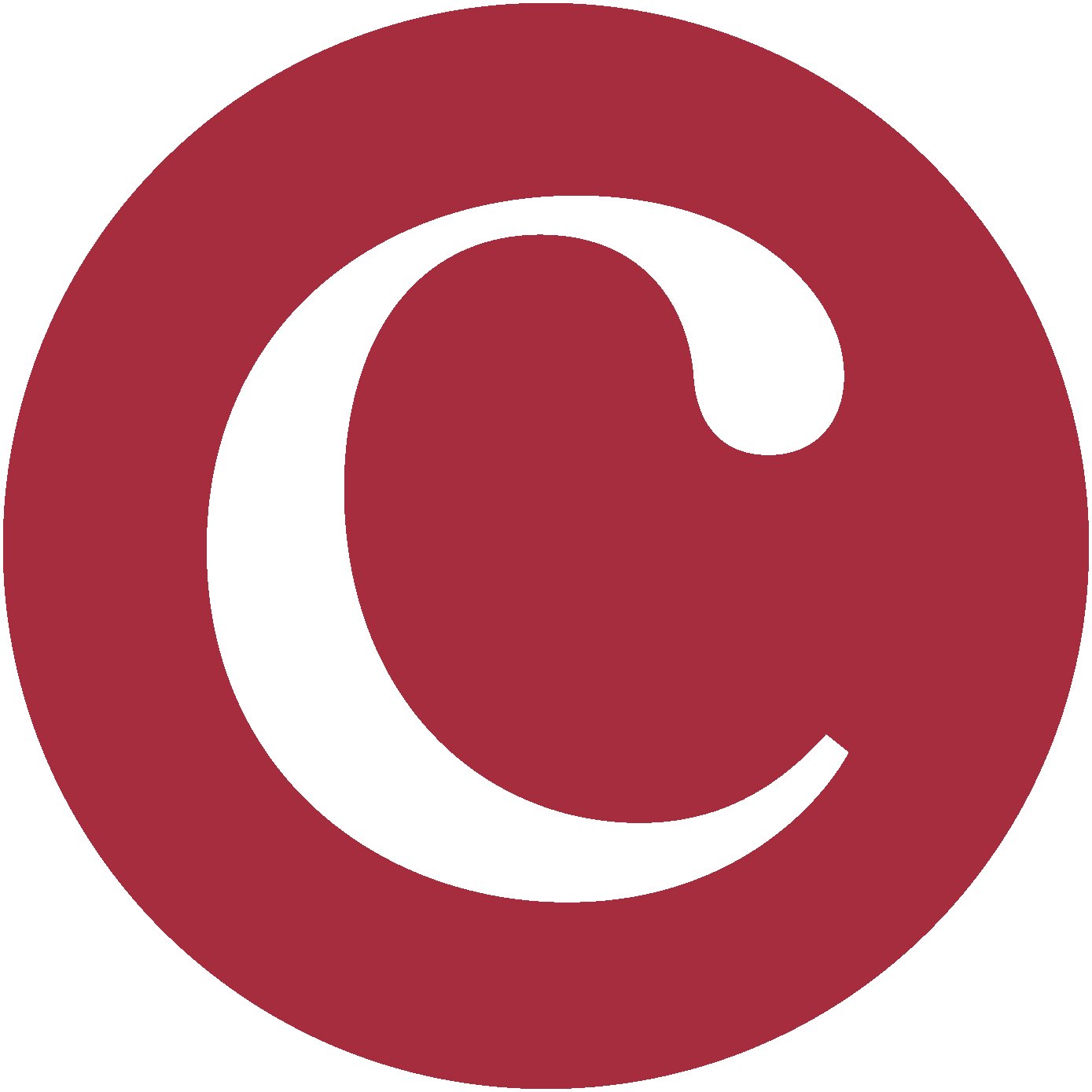The Art of Rearrangement: Burroughs' Cut-Up Technique
William S. Burroughs' cut-up technique, a method of rearranging text to create new meaning, has left a significant mark on literature and various art forms. Originating in the early 1960s, this innovative approach involves taking a written text, cutting it into pieces, and then rearranging these pieces to form a new composition. This technique, rooted in earlier artistic movements like Dadaism, introduced an element of randomness and unpredictability into the creative process. Burroughs, influenced by his friend Brion Gysin, used the cut-up method extensively, challenging traditional narrative structures and uncovering hidden meanings within texts. The cut-up technique's influence extends beyond literature to music, visual arts, and even digital culture, highlighting its enduring relevance. With the guidance of an online writing tutor, authors today can experiment with this technique to enrich their creative practice.
The origins of the cut-up technique can be traced back to earlier artistic movements. The Dadaists of the early 20th century experimented with similar methods to disrupt traditional narrative structures and challenge the conventions of art and literature. Tristan Tzara, a prominent Dadaist, proposed creating poems by randomly selecting words from a hat, emphasizing chance and spontaneity. This method prefigured the cut-up technique by introducing an element of randomness and unpredictability into the creative process.
Burroughs first encountered the cut-up method through his friend and collaborator Brion Gysin, a visual artist and writer. Gysin accidentally discovered the technique in 1959 when he sliced through a stack of newspapers, revealing new juxtapositions of text. Intrigued by the potential of this discovery, Burroughs adapted it for his own writing, seeing it as a way to break free from conventional narrative forms and to uncover hidden meanings within the text.
The cut-up technique had a profound impact on literature, offering writers a new way to approach narrative construction. It challenged the linearity and coherence traditionally associated with storytelling, encouraging a more fragmented and nonlinear approach. This method also highlighted the arbitrary nature of language and meaning, suggesting that new meanings could emerge from the random arrangement of words and phrases.
Beyond literature, the cut-up technique influenced other art forms, particularly music and visual arts. Musicians, especially those in the avant-garde and experimental scenes, adopted similar methods to create unexpected and innovative compositions. David Bowie, for instance, used cut-up techniques to generate lyrics, resulting in songs with unique and often surreal imagery. In the visual arts, the cut-up approach inspired collage techniques, where artists would combine disparate images to create new, often provocative works.
The cut-up technique also resonated with the emerging digital culture of the late 20th and early 21st centuries. The randomization and fragmentation inherent in cut-ups paralleled the non-linear nature of hypertext and the internet, where information is accessed in a decentralized and often chaotic manner. This connection underscored the technique's enduring relevance and adaptability to new forms of media.
By introducing randomness and fragmentation into the creative process, Burroughs challenged traditional narrative forms and inspired artists across various disciplines to explore new ways of constructing meaning. The technique's influence extends beyond its initial literary context, reflecting broader shifts in cultural and technological landscapes. Experimenting with the cut-up technique can be an exciting way for authors to introduce randomness and juxtaposition into their work. With the help of an online writing tutor, this process becomes more structured and insightful, allowing for a deeper exploration of the method's potential.
First, the author and tutor should select a suitable text to work with. This text could be an existing piece of the author's writing, a newspaper article, a passage from a novel, or any other written material. The choice of text can significantly influence the outcome, so it's essential to consider what kind of new meanings or themes the author wishes to explore through the cut-up process.
Once the text is selected, the next step is to physically or digitally cut the text into pieces. This can be done by printing the text and cutting it with scissors or using digital tools to copy and paste segments into a new document. The length and size of the cut pieces can vary, with shorter fragments often leading to more radical and unexpected juxtapositions.
With the text fragments prepared, the author can begin rearranging them. This can be done randomly, by shuffling the pieces and placing them in a new order, or more deliberately, by considering how different segments might interact to create new meanings. The online writing tutor can guide this process, suggesting different approaches to arrangement and helping the author reflect on the emerging patterns and themes.
As the new text takes shape, the tutor can provide feedback and insight into the potential meanings and effects of the rearranged text. This collaborative discussion can help the author understand the impact of different juxtapositions and how they alter the original narrative or thematic content. The tutor can also suggest additional techniques, such as incorporating multiple texts or varying the length of the fragments, to further experiment with the method.
Throughout this process, the author should document their observations and reflections. Keeping a journal or making notes about the different stages of the cut-up experiment can provide valuable insights into how the technique influences their writing and creative thinking. The online tutor can help facilitate this reflection, encouraging the author to consider how the randomness and juxtaposition introduced by the cut-up method affect their overall approach to storytelling and meaning-making.
Finally, the author can use the new text as a foundation for further writing. The cut-up technique often generates unexpected phrases and ideas that can serve as inspiration for new creative directions. The online writing tutor can assist the author in developing these ideas into more coherent narratives or integrating them into larger projects. This iterative process of experimentation, reflection, and development helps the author harness the power of the cut-up technique to enrich their writing practice.
Working with an online writing tutor allows an author to systematically explore the cut-up technique, introducing randomness and juxtaposition into their work in a structured and insightful manner. Through careful selection of texts, collaborative rearrangement, reflective discussion, and iterative development, the author can unlock new creative potentials and expand their approach to writing. This method offers a unique way to challenge traditional narrative forms and generate unexpected ideas, enriching the author's creative practice and fostering a deeper understanding of the arbitrary nature of language and meaning.







